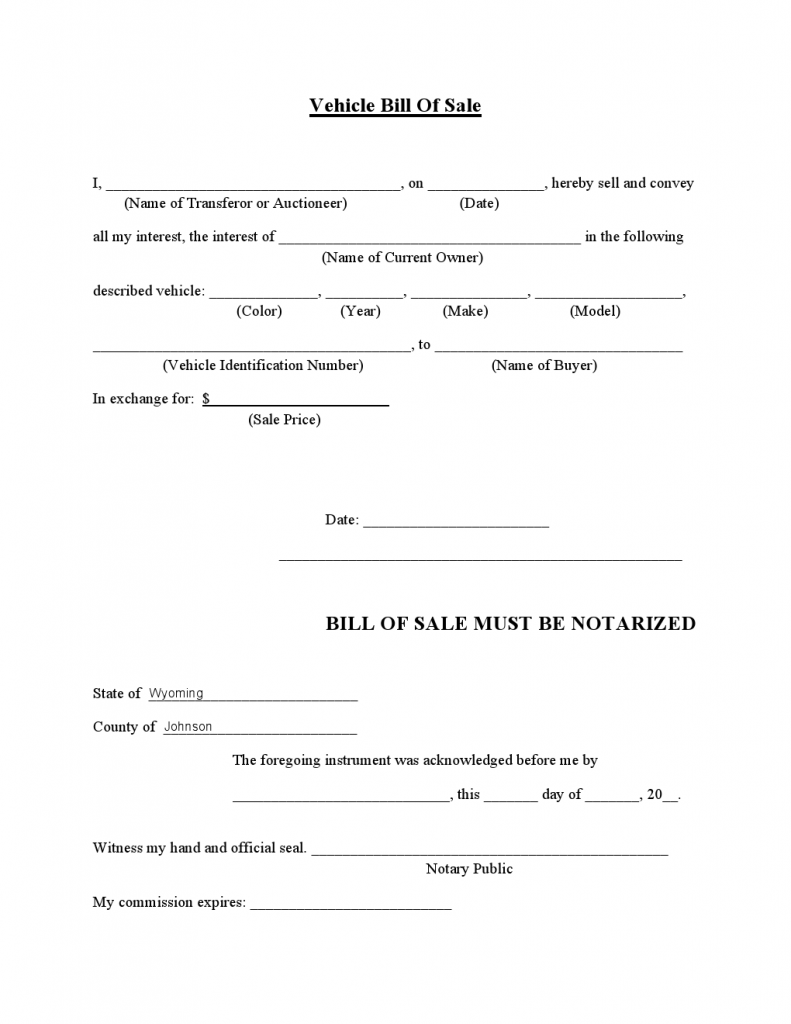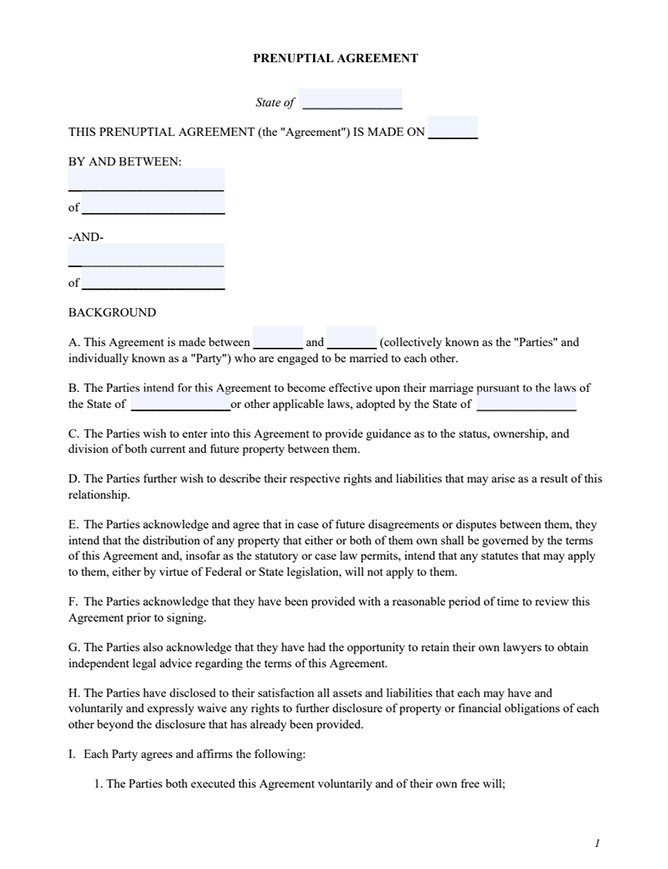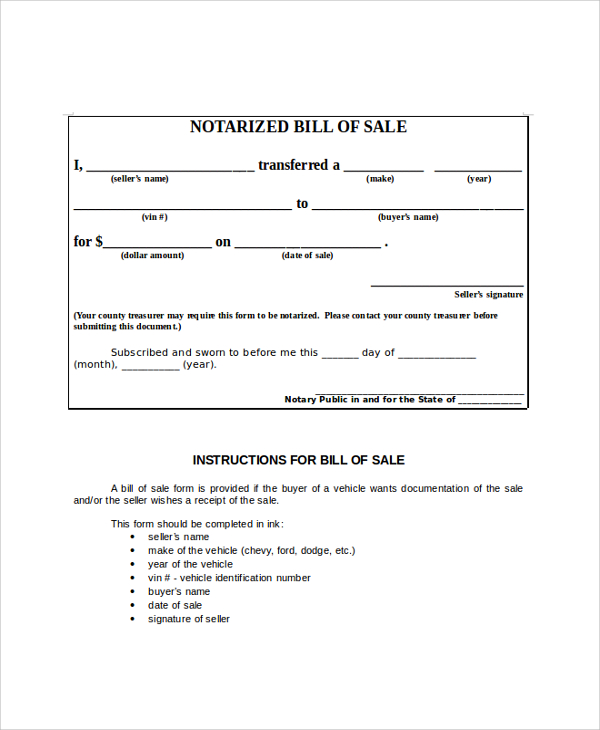

Odometer disclosure statement - The Federal government has passed a law that stipulates all vehicles under 10 years of age and less than 16,000 pounds needs to have the odometer checked by the purchaser. It outlines the information related to the transaction and it should only be completed after the money or the trade has been fully executed. If they do not have the title, ask them to request another one from the DMV which can take up to 14 business days to obtain.īill of sale - This is another essential document because it serves as a legally binding agreement between the purchaser and seller.
Printable notarized bill of sale template registration#
Registration and title - This is one of the compulsory documents the seller will provide to the buyer. There are multiple mandatory documents including the title, registration, odometer disclosure statement, vehicle bill of sale, and an optional photo ID. They can assess the condition of the car and let you know if it’s a good idea to buy it or if it needs to be fixed up before selling. If you’re familiar with cars then you can do it yourself, if not, it’s highly recommended that you call a mechanic to help you out. Note that only information that was reported to the insurance company will be visible so it’s important to also do a hands-on inspection. It’ll show the history of the car including repairs, accidents, who has owned it in the past, etc. If you can’t find it then look at the title or registration - the VIN should be there.Īfter finding the VIN, do a search with CarFar or a similar service. It can be found in multiple places like the inside of the door jam, the bottom of the windshield on the driver’s side, or at the front of the engine block. It’s a 17 character number that’s different for every vehicle. The first order of business after agreeing on terms is for the buyer to get the VIN (Vehicle identification number) for the vehicle. If you’re turning in your car and trading up, the information for the vehicle being traded and its assessed value will also be part of the agreement. If you’re paying cash then all of the money is due immediately. Sometimes, the dealer can arrange for financing). If you’re financing then a deposit will be due at closing (this is usually done before at the bank. Decide on the terms of the saleĪfter you find the car you want, it’s time to hammer out the terms and conditions that’ll be present in the agreement.

There are multiple steps that you’ll need to follow before you can successfully buy or sell a car. Transferring title to property from one person to another is commonly done with a bill of sale today. It is possible for a bill of sale to be absolute or conditional, depending on the terms contained in it. Generally, a bill of sale is recognized as a legally binding document. As a result of a conditional bill of sale, the grantee is given a security interest of a possessory nature, as well as the personal right of seizure. These are nothing more than simple contracts of sale covered by the common law of contract and the law of the sale of goods.Ī conditional bill of sale: Basically, a conditional bill of sale involves the assignment or transfer of personal property as collateral for payment. General forms of a Bill of Sale:Īn absolute bill of sale: A bill of sale that is absolute is not a security, but rather, merely evidencing transfers and other assurances of personal property. The seller simply has to sign the title to the purchaser. If the personal property has a certificate of title then, when signing the bill of sale, it should be changed to the buyer as well.

The consideration (payment) can range from cash to services or a trade that everyone involved agrees on. A bill of sale is a simple document that records the terms of a sale and works to change the owner of personal/private property to another party. The bill of sale is often confused for something it’s not - like a receipt.


 0 kommentar(er)
0 kommentar(er)
